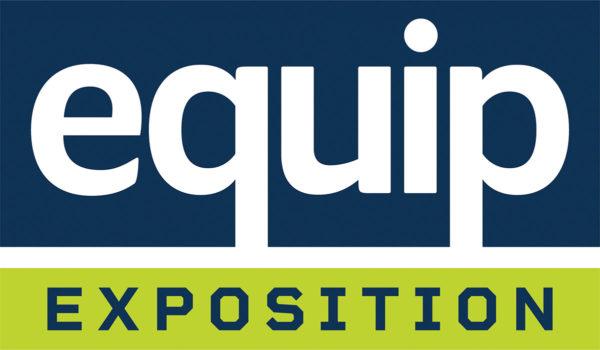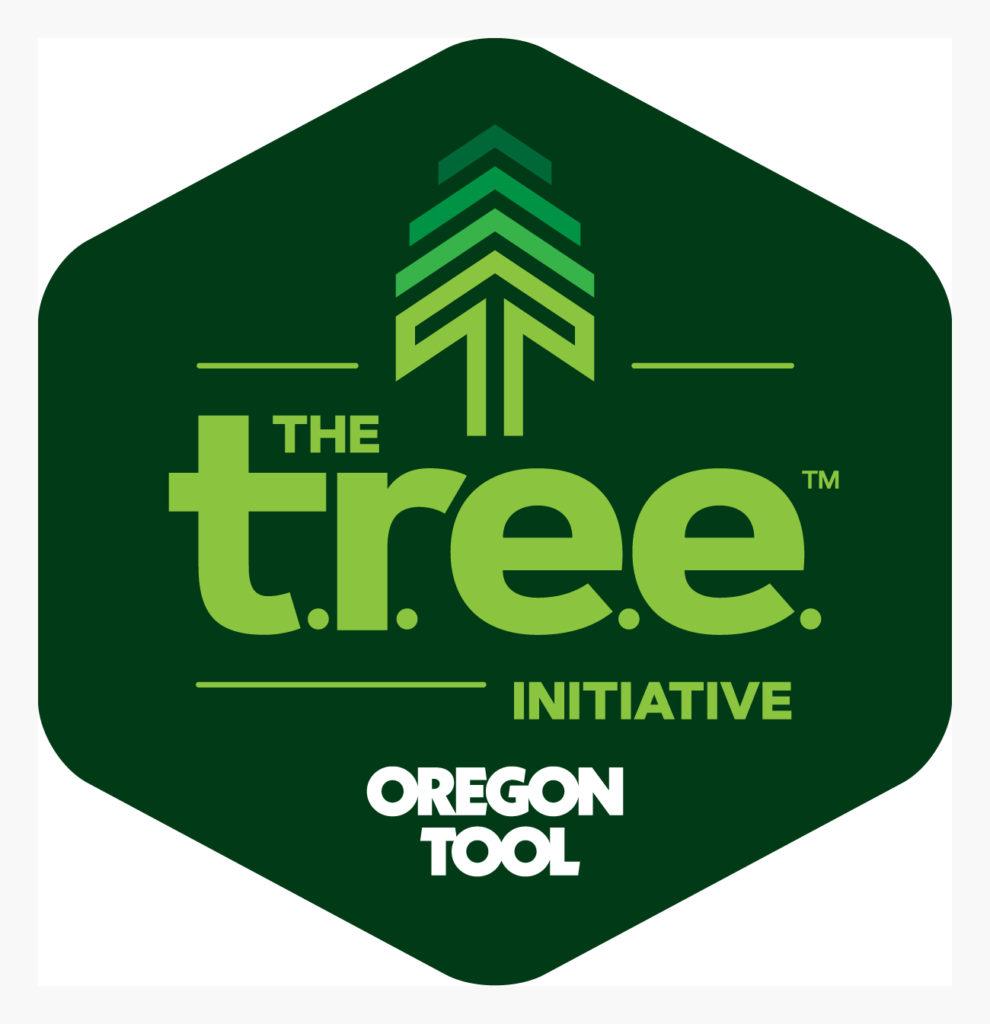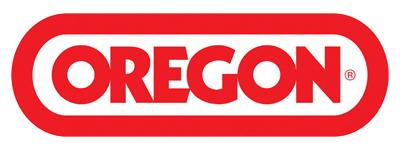EXPOelite 2025


In today’s rapidly evolving business landscape, companies are valued not just by what they sell or do, but by how they operate, engage, and impact the world around them. Oregon Tool views environmental, social, and governance (ESG) principles not as a compliance issue, but as strategic guardrails guiding long-term growth and resilience.
Integrating ESG into the core of the business is how the company aims to strengthen trust, drive innovation, and create enduring impact—for internal teams, customers, and communities.
At the 2025 Equip Expo the company shines a light on ESG by revealing the findings of its first ESG Impact Report. The report introduces Oregon Tool’s t.r.e.e. Initiative (tools, responsibility, environment, engagement), a framework designed to embed ESG throughout the operations. It reflects the organization’s belief that sustainable business practices and stakeholder value are inextricably linked.
“Publishing this report is announcing the ESG roadmap for Oregon Tool, emphasizing a lens which will inform the choices we make as a company,” says Oregon Tool CEO Terry Hames. “By embracing this approach, we’re positioning Oregon Tool to thrive in a world where purpose, accountability, and impact increasingly define success.”
The report highlights progress across four pillars:
• Tools: Delivering high-quality products while equipping communities with safety education, training, and disaster relief
• Responsibility: Elevating governance with robust oversight, codes of conduct, and compliance processes that hold the company and its leadership accountable
• Environment: Reducing energy use and emissions while driving site-led initiatives that conserve resources and protect ecosystems
• Engagement: Investing in people and communities through development, inclusion, safety, and volunteer programs that foster connection and growth
Equally important, Oregon Tool’s double materiality assessment brought together team members, customers, and suppliers to define the ESG topics that matter most. This collaborative process ensures that the strategy addresses both business priorities and societal expectations.






